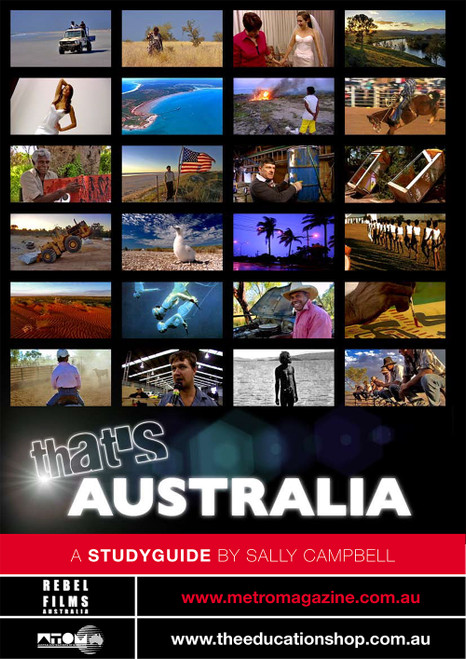Product Overview
The 2017 Global Gender Gap Report, a major international report that measures gender equality in different countries, presented disturbing results for Australia – a nation that prides itself on egalitarianism and everyone getting a 'fair go'. Based on its findings, Australia is ranked 35 in gender equality out of 144 countries. The World Economic Forum has been conducting the Report annually since 2006 when Australia was ranked 15. Australia's decline highlights a glaring problem of gender inequality in our society, which has major economic and social disadvantages. Not only are the executive levels of businesses missing out on the talent pool of women, there are also greater threats to community wellbeing and safety.
The filmmakers, Louise Ford and Darren Hutchinson, have sought to explore this state of affairs further in their compelling documentary Is Australia Sexist? Working alongside academics at Macquarie University, they conducted a survey into gender discrimination – the largest and most comprehensive of its kind. The survey yielded a series of key findings about sexual harassment in three key areas: the public street, the workplace and online. In an added twist, the filmmakers test these findings by conducting live social experiments that bring the viewer face-to-face with sexism and harassment. These experiments build empathy and understanding since the viewer is placed in the shoes of the victim.
The filmmakers draw on numerous academic experts to help understand the causes and consequences of sexual harassment today. While both the survey's findings and the live social experiments confirm that, yes, sexism is alive and well in contemporary Australian society, it also foregrounds glimmers of positive change, resilience and hope. However, while most Australians agree that there is greater gender equality than their parents' generation, there is still much work to be done.
Specifically, the documentary highlights the effective and lasting change that can happen when children are free to play and express themselves in completely gender-neutral terms. Not restricting children to toys or clothes based on their gender can have powerful, long-lasting effects on attitudes to gender and gender equality.
Curriculum Links
Is Australia Sexist? lends itself to a range of learning situations in secondary schools. By exploring such a topical issue and having strong personal relevance to young people, it is an engaging and appealing text for students. It specifically links to the following learning areas:
- English
- Humanities (Civics and Citizenship)
- Health
- Politics (Policy Making)
ENGLISH: Among its various aims and objectives, English aspires to help students 'become ethical, thoughtful, informed and active members of society'. Is Australia Sexist? suits this purpose with precision since it provides an accurate snapshot of gender discrimination in Australian society today and encourages viewers to explore possible solutions.
HUMANITIES: The Civics and Citizenship Learning Area aims to 'reinforce students' appreciation and understanding of what it means to be a citizen'. This text provides a compelling case study for students to take up as active citizens through campaigning, social awareness raising, policy making and lobbying government for change.
HEALTH: A major focus of this Learning Area is building students' understanding of health, safety and wellbeing issues and how attitudes, processes, organisations and policies in our society impact these. It aims to help students develop the 'skills, knowledge and understanding to strengthen their sense of self, and build and manage satisfying, respectful relationships'. This aim dovetails with the documentary Is Australia Sexist? which denounces sexual harassment and helps students understand the importance of equality and respect in relationships.
POLITICS: Is Australia Sexist? highlights the important role played by governments in addressing social issues through specific policies and community awareness programs.







